SOURCE: RAUNAK KUNDE / NEWS BEAT / IDRW.ORG
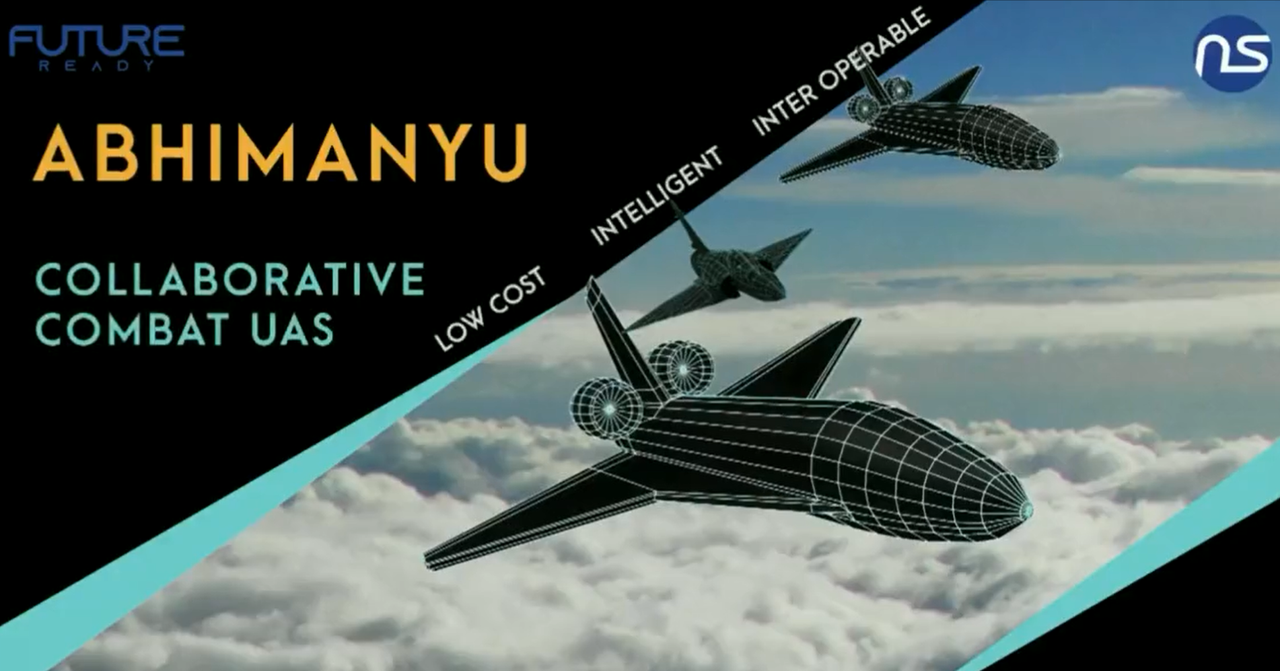
Bengaluru-based drone startup NewSpace Research is making waves in the world of unmanned aerial systems (UAS) with its groundbreaking concept, the Technologies Collaborative Combat UAS ‘Abhimanyu.’ This revolutionary UAV is designed to excel in Intelligence, Surveillance, and Reconnaissance (ISR), kinetic attack, decoy, and electronic warfare (EW) missions, redefining the capabilities of modern drones.
Abhimanyu stands out due to its Tactical Interdiction and Attack Air Vehicle (TIA-AV) design philosophy. This philosophy emphasizes cost-effectiveness, intelligence, and expandability, making the platform versatile and adaptable to a wide range of combat scenarios.
Continue readingSOURCE: RAUNAK KUNDE / NEWS BEAT / IDRW.ORG
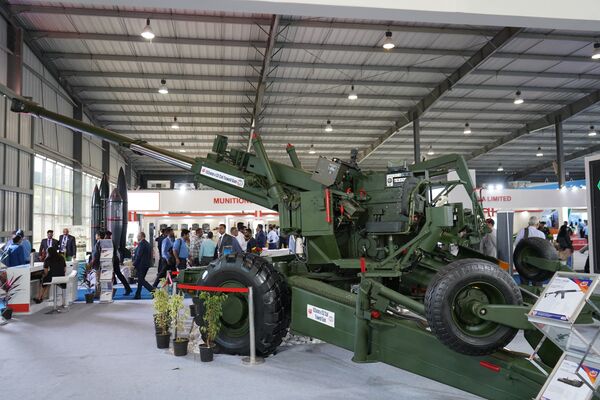
In a significant move to bolster its artillery capabilities, the Indian Army is set to acquire a substantial number of Towed Gun Systems (TGS) for its Medium Regiment, a crucial part of the Regiment of Artillery. The plan entails procuring at least 20 regiments, with each regiment typically consisting of 18 to 20 guns.
While the Advanced Towed Artillery Gun System (ATAGS) has garnered attention for its impressive features, weighing approximately 18 tons, it may not be the optimal solution for all types of terrain. To address this concern and ensure the army’s readiness for varied operational environments, the Indian Army is exploring the acquisition of 155mm X 52 Calibre guns that fall below 15 tons.
Continue readingSOURCE: RAUNAK KUNDE / NEWS BEAT / IDRW.ORG

The Ministry of Finance of the Republic of Indonesia has given approval for the country to secure up to USD 2.16 billion in foreign loans, which will be utilized to acquire air-independent propulsion (AIP)-)-capable submarines. This significant move reflects Indonesia’s commitment to bolstering its naval capabilities and enhancing its maritime defence.
Indonesia’s naval shipbuilder, PT PAL, and France’s renowned naval defence company, Naval Group, entered into a preliminary agreement on February 10th to collaborate on the construction of two Scorpène submarines for the Indonesian Navy (Tentara Nasional Indonesia – Angkatan Laut: TNI-AL). These submarines are equipped with advanced air-independent propulsion technology, which provides increased operational endurance and stealth capabilities, making them a valuable asset for Indonesia’s naval forces.
Continue readingSOURCE: IDRW.ORG TEAM
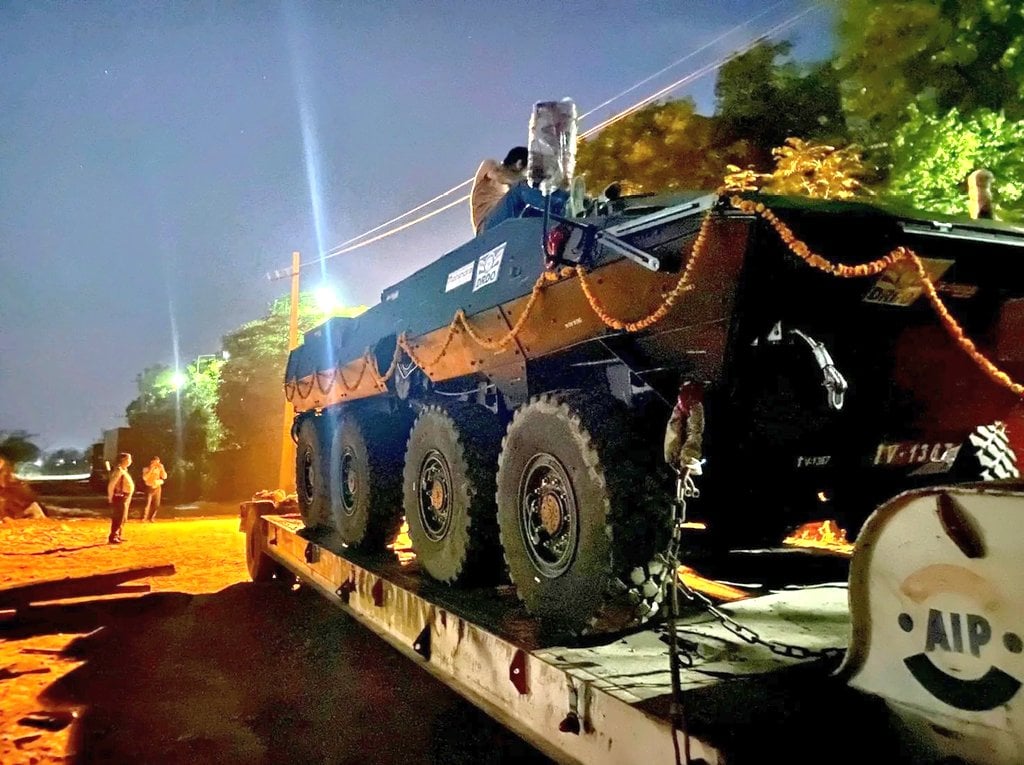
Mahindra’s version of the Wheeled Armored Amphibious Platform (WhAP), developed in collaboration with DRDO (Defense Research and Development Organization), is making significant progress as it heads towards user trials conducted by the Indian Army.
The Mahindra-DRDO WhAP is part of a broader initiative to enhance India’s defense capabilities through indigenous manufacturing and technology transfer. While it shares the basic design of the TATA-DRDO WhAP, Mahindra’s version incorporates several distinctive features, differentiating it from its counterpart.
Continue readingSOURCE: IDRW.ORG TEAM
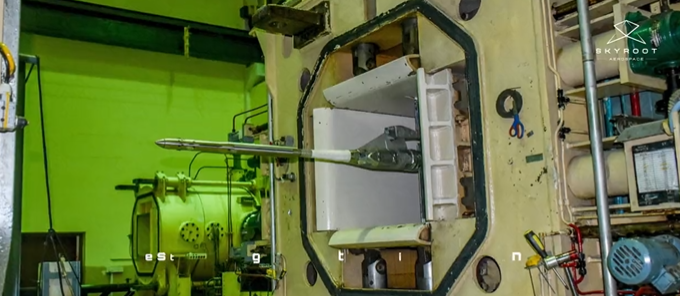
Skyroot Aerospace, the pioneering Indian space launch startup, has achieved a significant milestone in its mission to launch the Vikram-1 rocket. The company recently completed wind tunnel testing at the CSIR-NAL (Council of Scientific and Industrial Research-National Aerospace Laboratories) facility in Bengaluru, marking a crucial step in the development of the launch vehicle.
The wind tunnel testing process is a pivotal element in the validation and optimization of the Vikram-1 rocket’s design. It provides essential data on the rocket’s aerodynamics, structural integrity, and control systems, allowing engineers and scientists to fine-tune the vehicle for optimal performance during launch.
Continue readingSOURCE: RAUNAK KUNDE / NEWS BEAT / IDRW.ORG

In an exclusive interview with “Uday India,” Dr Samir V Kamat, Chairman of the Defence Research and Development Organisation (DRDO), shed light on the remarkable performance of India’s indigenous Arjun Main Battle Tank (MBT) in comparison to the Russian-developed T-90 MBTs. Dr Kamat’s insights underscore the untapped potential of the Arjun MBT and the challenges it faces due to limited orders.
The Arjun MBT has consistently demonstrated its superiority over the T-90 MBTs across various parameters. However, despite its impressive performance, the Arjun has encountered hurdles primarily stemming from the lack of substantial orders from the Indian Army. This has led to a high import content for the tank, resulting in supply chain constraints that have posed sustenance challenges.
Continue readingSOURCE: RAUNAK KUNDE / NEWS BEAT / IDRW.ORG
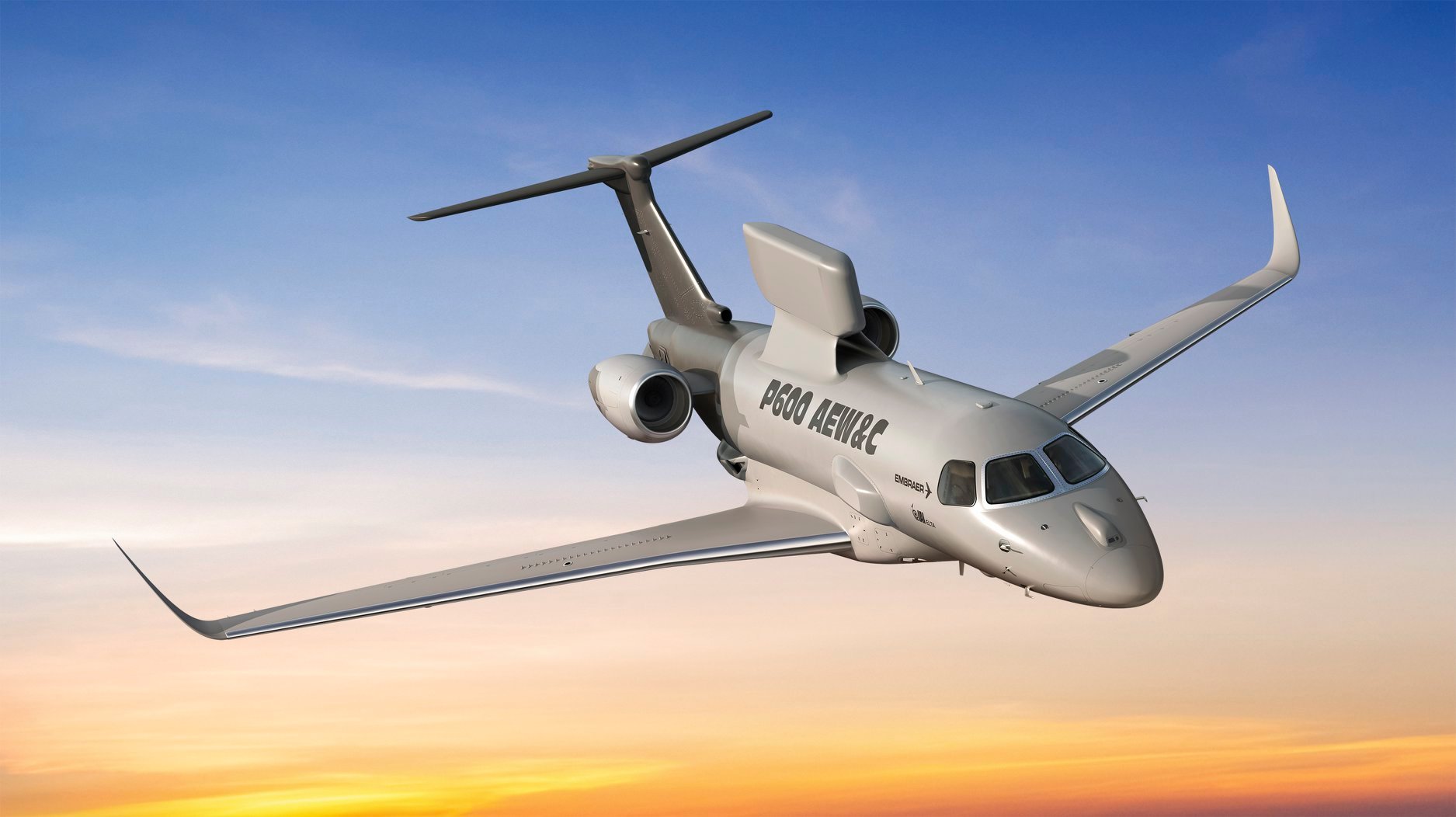
The Indian Air Force (IAF) is embarking on a search for used ERJ145 aircraft, a prior generation of Embraer regional jets, to bolster its Netra Mk1A Airborne Early Warning and Control System (AEW&CS) program. This decision comes despite the fact that Brazilian aircraft manufacturer Embraer SA ceased production of this specific aircraft type in 2020.
Presently, the IAF operates two ERJ145 Netra Mk1 AEW&CS platforms, while one remains under the custody of the Defence Research and Development Organization (DRDO) for further development and research.
Continue readingSOURCE: RAUNAK KUNDE / NEWS BEAT / IDRW.ORG

Jorge Tamarit Degenhardt, Vice President and Head of the C295 India Programme at Airbus, recently shared insights into the company’s expectations for the C295 Transport aircraft in India. In an interview with Indian media, he revealed that Airbus is in discussions with multiple Indian agencies, including the Indian Coast Guard, Indian Navy, and Border Security Force (BSF), for the potential sale of an additional 50 to 100 C295 aircraft.
This projection comes after the Indian Air Force (IAF) placed an order for 56 C295 aircraft, marking a significant milestone in India’s efforts to modernize its transport aircraft fleet. However, Airbus believes there is strong potential for additional orders, driven by various requirements from Indian defence and security forces.
Continue readingSOURCE: IDRW.ORG TEAM
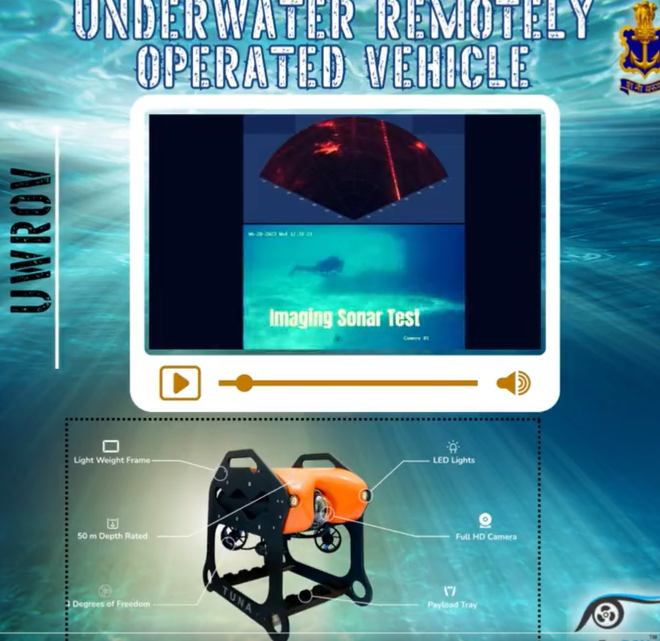
At the Indian Naval Swavlamban2023 event, a groundbreaking innovation captured the spotlight – the EyeROV TUNA, India’s inaugural commercial Underwater Drone/Remotely Operated Vehicle (ROV), developed by EyeROV Technologies Pvt Ltd. This pioneering technology promises to revolutionize underwater exploration and inspection capabilities.
The EyeROV TUNA is classified as an observation class ROV, boasting the remarkable ability to descend to depths of up to 100 meters while providing high-definition live video feeds. Equipped with dual HD cameras, it offers users multiple real-time perspectives, delivering a comprehensive view of the underwater world. Furthermore, its extended endurance, courtesy of multiple batteries, and an impressive tether length of up to 300 meters make it an ideal choice for a wide range of moderately demanding underwater inspections and operations.
Continue readingSOURCE: IDRW.ORG TEAM
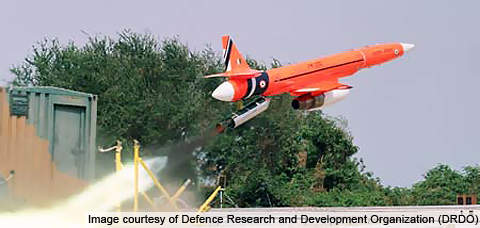
The Defence Research and Development Organisation (DRDO) developed Advanced Pilotless Target Aircraft, known as Lakshya-2. This advanced version of Lakshya-1 boasts a range of capabilities that extend beyond traditional target drones. Among its notable features is its potential use as a low-cost unmanned armed drone capable of carrying weapons.
Lakshya-2 is designed to serve as a target for various weapon systems, including radar-guided and heat-seeking Surface-to-Air missiles, as well as Air-to-Air missiles. One of its key functions is to accurately calculate the miss distance of these weapons, providing valuable data for weapon system evaluation.
Continue readingSOURCE: RAUNAK KUNDE / NEWS BEAT / IDRW.ORG
In an exclusive interview with “Uday India,” Dr Samir V Kamat, Chairman of the Defence Research and Development Organisation (DRDO), provided valuable insights into the journey of the Kaveri Engine—a pivotal component of India’s aerospace ambitions. While acknowledging certain challenges, Dr Kamat unequivocally stated that the Kaveri Engine cannot be branded as a failure, highlighting its ongoing evolution and prospects.
The Kaveri Engine has long been associated with India’s ambitious Light Combat Aircraft (LCA) Tejas program. While it faced difficulties in meeting the desired thrust levels for the LCA platform, Dr. Kamat emphasized that the engine’s story is far from over. He particularly lauded the progress made in the development of the Dry Kaveri engine program. This dry engine variant, devoid of afterburners, has demonstrated its adaptability and utility, especially in the context of future unmanned aerial vehicles (UAVs).
Continue readingSOURCE: RAUNAK KUNDE / NEWS BEAT / IDRW.ORG
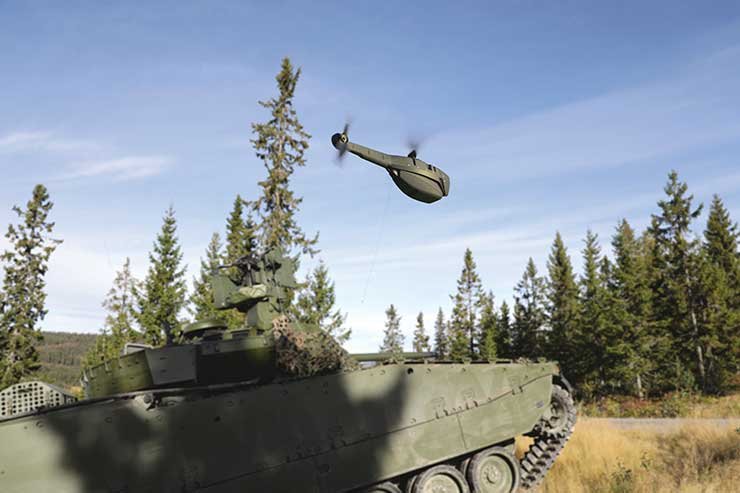
The Indian Army is set to embark on a groundbreaking initiative to integrate micro-drones with its fleet of Main Battle Tanks (MBTs). This visionary project aims to enhance the Army’s combat capabilities by harnessing the power of artificial intelligence (AI) and autonomous aerial systems.
Micro-drones, small unmanned aerial vehicles (UAVs), have emerged as invaluable assets on the modern battlefield. Their compact size and advanced technology make them ideal for a wide range of applications, including reconnaissance, surveillance, and target acquisition. The Indian Army recognizes the potential of micro-drones to revolutionize its operations and is taking decisive steps to leverage this technology.
Continue readingSOURCE: RAUNAK KUNDE / NEWS BEAT / IDRW.ORG

The Pentagon is making efforts to strengthen its military ties with India and prevent further strategic military hardware deals between India and Russia. To achieve this goal, the United States is considering offering India military hardware on a long-term lease, a practice often employed by Russia in its dealings with India.
Over the past few years, the United States has been actively working to reduce India’s military dependence on Russia. While Russia remains India’s largest supplier of military hardware, there has been a noticeable decline in Russian military imports by India, which has dropped by 19% in the last five years, primarily due to sanctions imposed on Russia.
Continue readingSOURCE: IDRW.ORG TEAM
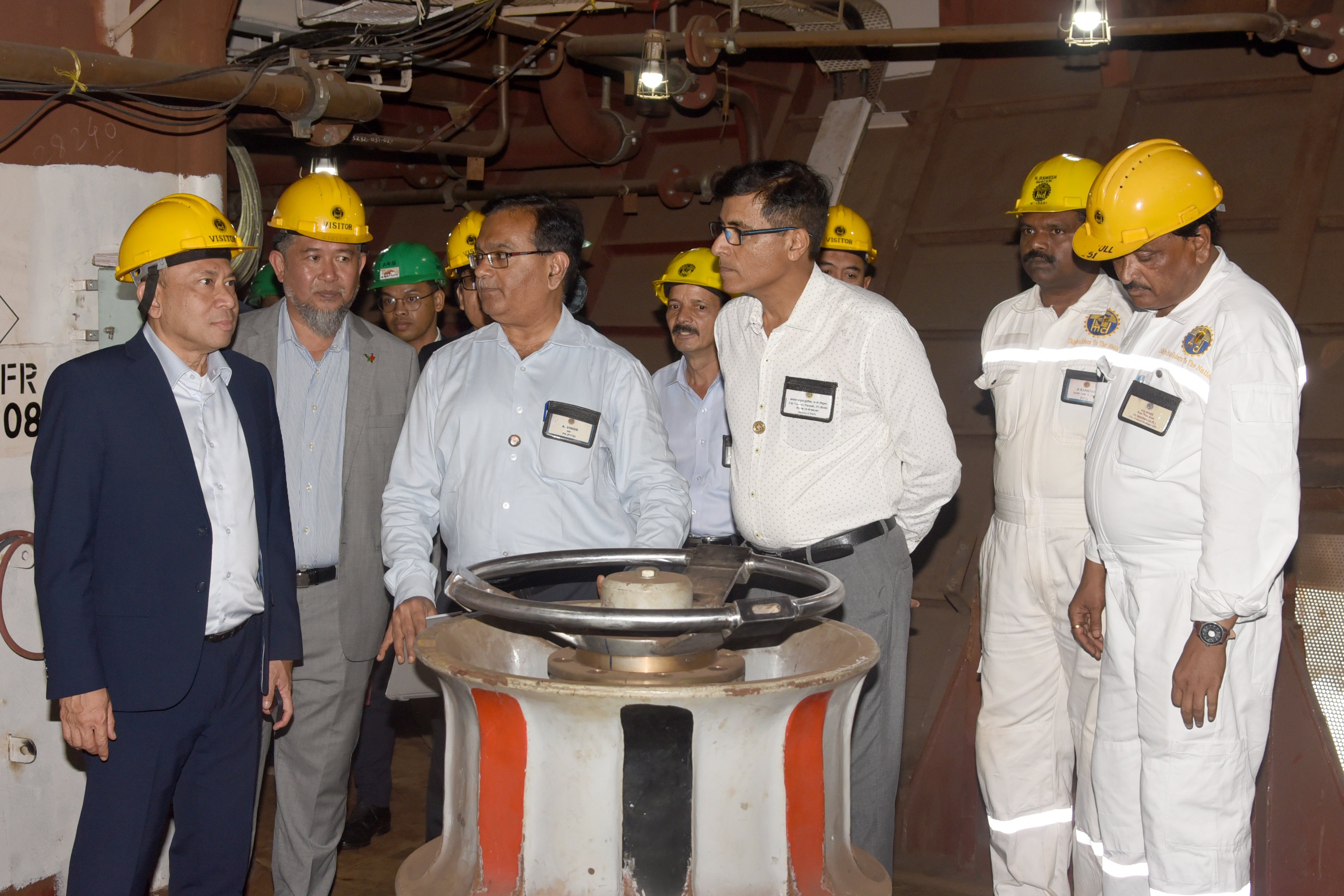
A Malaysian delegation led by Deputy Secretary-General (Policy), Mr. Mohd Yani Bin Daud, paid a visit to Mazagon Dock Shipbuilders Limited (MDL). During the visit, the delegation was given a tour of the yard facilities, followed by a presentation.
The discussions primarily focused on the exploration of possibilities for collaborative efforts in co-design, co-production, and co-development within the defense sector. Both India and Malaysia currently operate Scorpène-class submarines, which are French-designed and developed.
Continue readingSOURCE: RAUNAK KUNDE / NEWS BEAT / IDRW.ORG

The Russian Main Battle Tanks’ performance in the ongoing conflict in Ukraine has raised concerns in India, which boasts one of the world’s largest fleets of Russian-designed T-90 and T-72 Main Battle Tanks (MBTs).
With nearly 4,000 of these tanks in its arsenal, the Indian Army is taking steps to enhance its combat capabilities and address vulnerabilities that have become apparent.
Continue reading